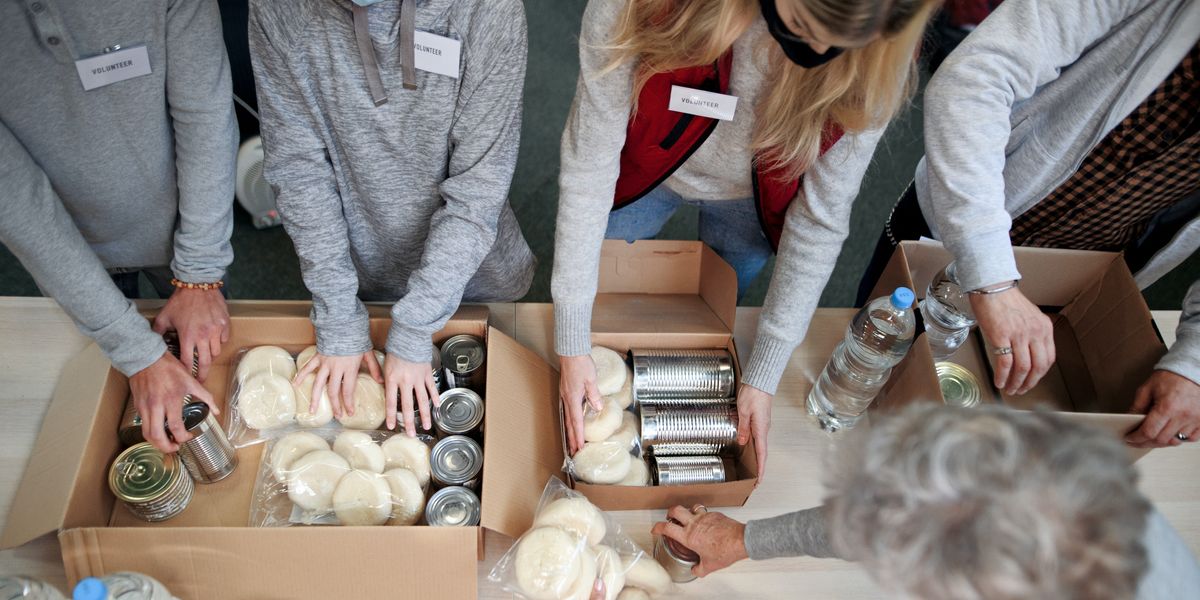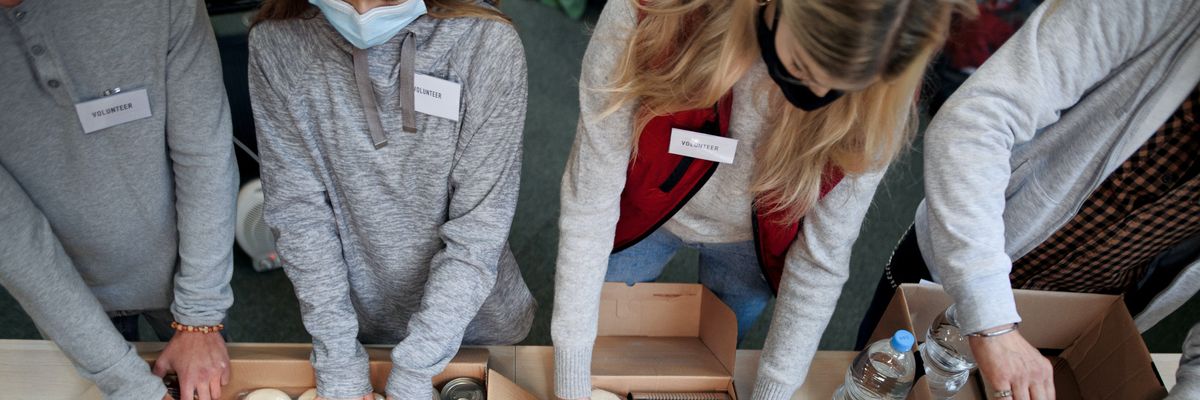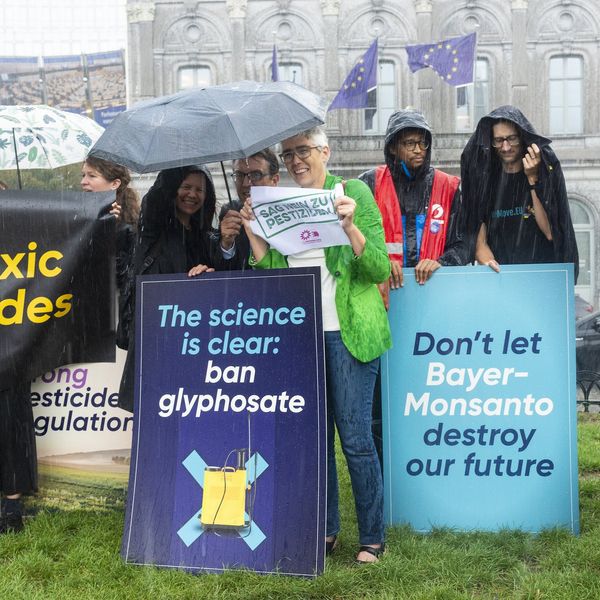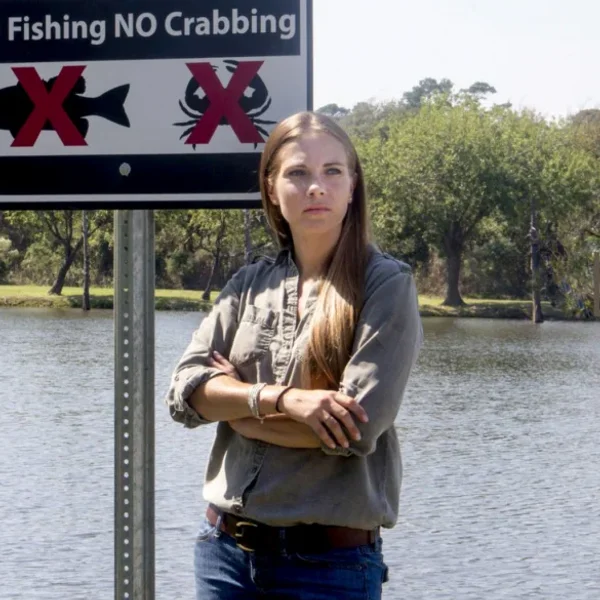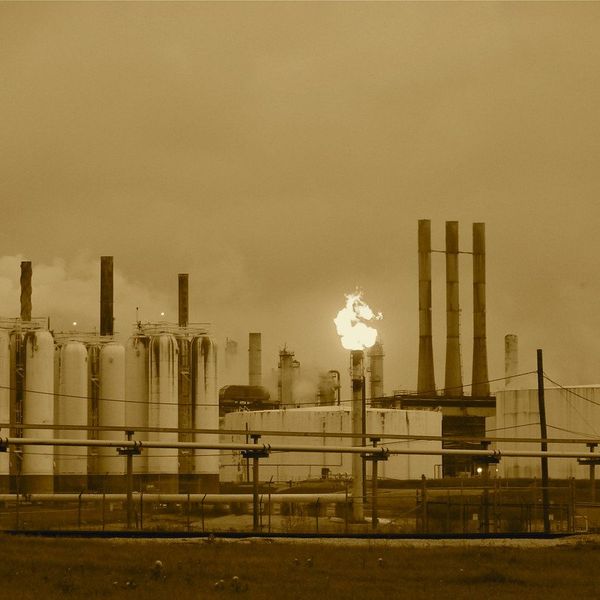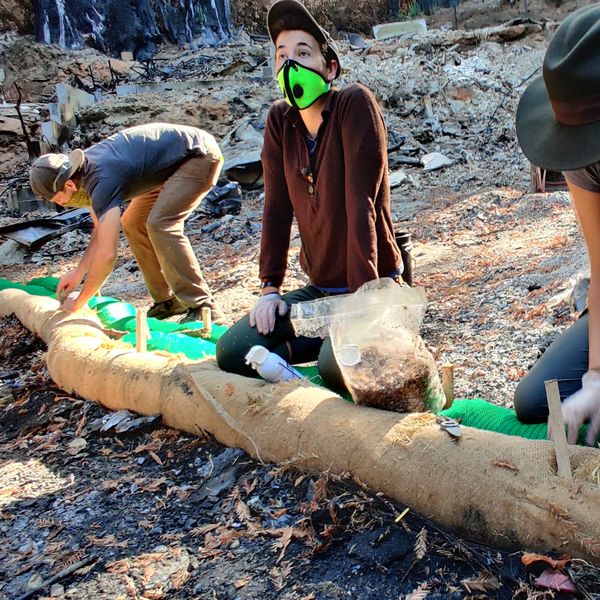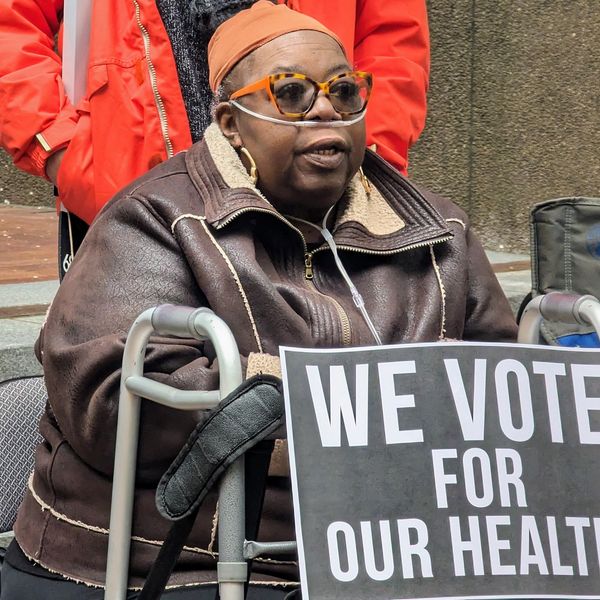Editor’s note: This is part of an ongoing series, BPA's evil cousin.
Glittery epoxy art kits that you mix at home to create translucent resin art projects are all the rage online and in arts and craft stores. Rarely will the warning labels tell you, however, that they’re loaded with an endocrine-disrupting chemical called bisphenol A diglycidyl ether, known as BADGE.
BADGE, like its cousin bisphenol A – also known as BPA – shows an ability to hack the body’s hormones and cause significant harm. Yet Europe’s new food safety guidelines, that essentially ban BPA and a few other bisphenols from food contact materials, demonstrate how BADGE continues to fly under regulators’ radar. BADGE is omitted from the new guidelines even though it also leaches from cans.
But that’s not the only shortcoming with the European Food Safety Authority, or EFSA’s, new safe intake limit for BPA, said Jane Muncke, managing director and chief scientific officer at the Food Packaging Forum, a science-based organization focused on food packaging materials. While many experts hail the proposed new limit at 0.2 parts per trillion as transformative and long overdue, Muncke points to loopholes. (The European Commission has yet to adopt EFSA’s recommendations — and the fate of such chemical regulations is currently up in the air — though a decision is expected soon.)
“I’m really worried that we’re not going to get any change at all,” Munke told EHN.
In addition to the BADGE-BPA loophole in the proposal, Muncke sees a failure to address bisphenols more broadly as a class, which means that manufacturers can continue swapping out BPA for another bisphenol that may be just as bad. Bisphenol S and bisphenol F, for example, also harm health and while they are covered by EFSA’s guidelines, scores of other similar bisphenols are not.
Meanwhile, the U.S. government’s failure to set any restrictions on BPA and BPA-like chemicals leaves people exposed at levels hundreds of thousands of times higher than what many scientists consider safe.
Asked whether the Food and Drug Administration would reevaluate the safety of BPA, given the proposed European dramatic drop in a safe intake level, a spokesperson responded, “based on FDA’s safety review of the scientific evidence, the available information continues to support the safety of BPA for the currently approved uses in food containers and packaging.”
Some states have bans on BPA in baby bottles, sippy cups and water bottles, but those laws typically don’t cover BPA substitutes like bisphenol S or bisphenol F, and certainly don’t address BADGE. Only Washington state bans bisphenols as a class — with one exception for tetramethyl bisphenol F — from drink cans, laundry detergent and thermal paper such as register receipts.
All of these efforts to restrict BPA and BPA-like chemicals fall short, either because they don’t take a comprehensive approach to regulating bisphenols as a class, or because they only address high-priority products like food contact materials. Epoxy resins used in arts and crafts, woodworking and coatings and adhesives across the automotive, construction and transportation industries, are a significant exposure source yet to be addressed. Unintentionally added BPA, which people can be exposed to from contamination of products during manufacturing; or from recycled plastics, are also typically excluded. Regulatory authorities have limited resources, but people remain exposed to bisphenols and related chemicals with long-lasting consequences for their health.
“This is a moral problem with huge dimensions. We are exposing the next generation of human beings to these hazardous chemicals that affect their brains, their reproductive health, their metabolic health, their immune systems,” said Muncke. “I’m really worried that [regulators] still haven’t understood the relevance of this.”
BPA disrupts the proper functioning of hormones — hence the endocrine-disruptor moniker — and has been linked to cancer, diabetes, obesity, reproductive, nervous and immune system impacts and behavioral problems. It is likely partially responsible for the worldwide dramatic decline in sperm counts over the last 50 years.
“The problem with BPA is it doesn’t seem to have a threshold below which it doesn’t cause any effects. I don’t think there’s a safe level for exposure to BPA,” Fred vom Saal, professor emeritus of biological sciences at the University of Missouri, told EHN.
Yet BPA is one of the highest-volume chemicals produced in the world, with a market value of $20 billion.
BPA production reached 15 billion pounds globally in 2022, up from roughly 9 billion pounds a decade ago. Seventy percent of BPA goes into hard polycarbonate plastics found in a large array of products – from dental sealants and plastic drinking water pipes to polyester clothing, consumer electronics and plastic phone cases, among others. Much of the remainder goes into making BADGE. Bisphenol S demand meanwhile has skyrocketed over the last decade, with worldwide demand at 98 million pounds in 2022 and projected to four-fold by 2030, according to ChemAnalyst. (In 2012, the EPA and Europe reported maximum production volumes of 9 million and 20 million pounds, respectively.)
While some manufacturers may be moving away from bisphenols for certain products, production of these chemicals continues to climb, dwarfing any progress.
BADGE BPA Loophole

European Commission President Ursula von der Leyen. Europe’s new food safety guidelines, that essentially ban BPA and a few other bisphenols from food contact materials, demonstrate how BADGE continues to fly under regulators’ radar.
Credit: European Parliament
BADGE is made by reacting BPA with epichlorohydrin, a suspected human carcinogen. Its chemical structure differs from BPA in that it contains reactive groups that crosslink to DNA and break down in the body into byproducts that aren’t well-known or studied. BADGE has been identified as an endocrine disruptor in animal studies and promotes the differentiation of fat cells in humans, though it’s far less studied than BPA.
Epoxy resin coatings and adhesives made from BADGE, such as can linings, dental sealants, woodworking supplies and paints, can leach both BPA and BADGE.
The European Commission set a migration level for BADGE from food cans in 2005 that does not include BPA. EFSA’s new intake level for BPA similarly doesn’t address BADGE. In the U.S., no state law banning BPA from cans address BADGE.
“It’s a loophole,” said Muncke. Even though the exposures occur together, “the BADGE regulation doesn’t address BPA and the BPA regulation will not address BADGE.”
A never-ending shell game

Last year, the European Chemicals Agency identified 34 out of 148 bisphenols in need of restrictions because of their endocrine and reproductive impacts, but EFSA’s new guidelines cover only BPA and three additional bisphenols (BPS, BPAF and 2 bis-4 hydroxy phenyl methyl pentane). Manufacturers will therefore be able to continue replacing BPA with other bisphenols, in what Washington State University reproductive biologist Patricia Hunt calls “a never-ending shell game.”
Manufacturers have, however, made some progress at completely eliminating bisphenols from a few products, and the European Agenacy’s new BPA level is so radically low that it may accelerate further innovation.
“There’s been a lot of success around infant formula [containers], baby bottles and sippy cups,” Samara Geller, senior director of cleaning science at the health-advocate nonprofit Environmental Working Group, told EHN. Baby bottles are largely made with polypropylene or polyethylene now. “But the industry is still lagging a bit to get the remaining BPA out of cans, with most of it being found in discount stores.”
Surveys in the U.S. by the Can Manufacturers Association in 2020 and 2022 found that most members were no longer using epoxy resin can linings. “Food can linings are now made with enhanced performance acrylic, polyester or other non-BPA epoxy linings,” the association wrote in a letter to the Washington state Department of Ecology.
“The problem with BPA is it doesn’t seem to have a threshold below which it doesn’t cause any effects. I don’t think there’s a safe level for exposure to BPA.” - Fred vom Saal, professor emeritus of biological sciences at the University of Missouri
But recent studies and a survey in the U.S. by the Campaign for Healthier Solutions show that progress on eliminating epoxy resin can linings is uneven. Food cans with epoxy linings are more commonly found in ethnic and discount stores serving low-income communities.
And that’s just cans.
Bisphenols were found in 60% of 121 children’s products bought in European stores or online, a recent Danish study found. Researchers found BPA, BPF and BPS in teething toys, sippy cups, clothes, blankets and baby shoes. Soda and food cans also contained low levels of bisphenols.
EHN’s online informal survey of more than a dozen brands noted that while many tout their water bottles, blenders or coffee makers as made from bisphenol-free Tritan plastic, a few simply said BPA-free, which could mean they’re using another bisphenol, while two (Black & Decker and Walmart’s Mainstay brand) reported still using BPA, per California’s Prop 65 Law.
Limited scope means exposures continue

Epoxy resin coatings and adhesives made from BADGE, such as can linings, dental sealants, woodworking supplies and paints, can leach both BPA and BADGE.
Credit: Meg Wilcox for Environmental Health News
Dietary BPA may be the biggest source of exposure, but individuals can also absorb the chemical through their skin, such as from clothing or from handling register receipts, adhesives, coatings and epoxy resin art supplies. BPA can also be breathed in, such as from household dust. A recent Chinese study, for example, correlated BPA in household dust with BPA levels in children’s urine. Everyday items from textiles and furniture to toys to electronics to plastic household goods could be the source of that BPA in household dust.
“BPA is ubiquitous in the environment,” said Geller. “We need better government oversight of the [Food and Drug Administration] and the [Environmental Protection Agency].”
When regulators target only food contact materials or register receipts, that leaves a lot of room for continuing exposures from other sources — and our exposure to bisphenols remains widespread.
In the U.S., BPA was detected in 92% of urine samples collected through the National Health and Nutrition Survey from 2009 to 2017. A Danish study found that exposures to BPA and its analogs declined during that same time period, but are nevertheless still pervasive.
Unintentional BPA
More insidiously, people can still be exposed to BPA through products that no longer contain bisphenols through cross-contamination at manufacturing facilities.
A 2021 Canadian study, for example, tested for bisphenols in baby bottles and sippy cups and found a least one bisphenol, (i.e. BPA and five other analogs) in every sample. The researchers concluded that the source of the bisphenols was incidental, possibly from cross-contamination at a manufacturing facility. Researchers have also found BPA in water bottles made of Tritan plastic and similarly suspect cross-contamination at the plant.
Unintentional BPA can taint products when recycled plastics are the starting material. BPA has been found at even higher levels in recycled polyethylene terephthalate, known as PET, than in virgin PET — including water bottles — and at levels that are orders of magnitude above EFSA’s new intake level, Muncke noted.
The European Food Safety Authority’s proposed new guidelines and state laws like Washington’s Safer Products Act are positive steps toward protecting people from exposure to BPA and BPA-like chemicals, interviewed experts said. But without a more comprehensive approach addressing bisphenols economy-wide, or restricting their use to applications that are absolutely necessary, people will continue to be exposed.
And the consequences could be tragic, Terry Collins, Teresa Heinz chemistry director at the Institute for Green Science at Carnegie Mellon, told EHN. “We love happy endings. But the trajectory we have is not to a happy ending. Sperm counts are approaching zero by 2045,” he noted. “That’s the kids being born today.” In other words, the generation born today may well face a reproduction crisis.
“It’s really shocking,” Tom Zoeller, professor emeritus at the University of Massachusetts Amherst, told EHN. “The regulatory system is just not capable of identifying BPA’s risk and mitigating that risk.”
See our full series on BADGE, BPA’s Evil Cousin.
- BPA's evil cousin ›
- Ramped-up US construction exposes workers to an unregulated toxic ›
- BADGE at the “very top as a chemical of concern” for workers handling epoxy resins ›
- The hidden, potential cancer-causing, danger in woodworking and art supplies ›
- Europe’s revolutionary BPA proposal puts more scrutiny on US regulatory inaction ›

